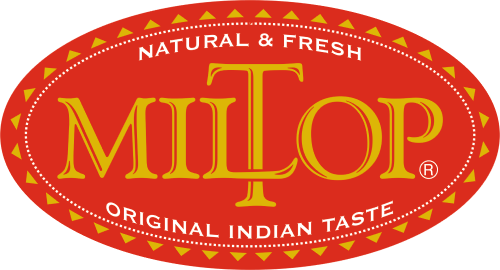Description
Liquorice is the root of Glycyrrhiza glabra from which a sweet flavour can be extracted.The root is the most important part, send out an extensive network of rhizomes which are grown for 3 to 5 years before harvested. The roots and rhizomes are cleaned and packed. When cut, the root is bright yellow and smells sweet. It tastes strongly of anise with a bitter sweet flavour. The flavor of liquorice comes mainly from a sweet-tasting compound called anethole (“trans”-1-methoxy-4-(prop-1-enyl) benzene), an aromatic, unsaturated ether compound also found in anise, fennel, and other herbs. The root, especially the root bark, contains about 4% glycyrrhizin, the potassium or calcium salt of glycyrrhizinic acid. The latter is a glycoside of a pentacyclic triterpene carboxylic acid (18ß-glycyrrhetic acid) with two molecules glucuronic acid. Glycyrrhizin is about 50 times sweeter than sucrose (cane sugar). Furthermore, a flavonoid glycoside has been identified: liquiritin. The aglycon liquiritigenin is in part spontaneously formed when the root is dried; it is responsible for the spasmolytic effects of licorice.
Licorice contains only traces of essential oil; volatile constituents identified include bicyclic monoterpenoid ketones (fenchone, thujone) and coumarins (herniarin, umbelliferone).
At all times, licorice was used less as a spice than as a medicine; usage against diseases of the upper respiratory tract dates back at least to ancient Egypt. Additional sweetness in liquorice comes from glycyrrhizic acid, an anti-viral compound significantly sweeter than sugar. Powdered liquorice root is an effective expectorant, and has been used for this purpose since ancient times, especially in Ayurvedic medicine where it is also used in tooth powders and is known as Jastimadhu. Modern cough syrups often include liquorice extract as an ingredient. Additionally, liquorice may be useful in conventional and naturopathic medicine for both mouth ulcers and peptic ulcers. The compound glycyrrhizic acid, found in liquorice, is now routinely used throughout Japan for the treatment and control of chronic viral hepatitis, and its transaminase-lowering effect is clinically well recognized. Hepatoprotective mechanisms have been demonstrated in mice. Recent studies indicate that glycyrrhizic acid disrupts latent Kaposi sarcoma (as also demonstrated with other herpes virus infections in the active stage), exhibiting a strong anti-viral effect. Liquorice affects the body’s endocrine system as it contains isoflavones (phytoestrogens). It can lower the amount of serum testosterone, but whether it affects the amount of free testosterone is unclear. Consuming liquorice is recommended for reducing high sex drive in men. Consuming liquorice can prevent hyperkalemia. Large doses of glycyrrhizinic acid and glycyrrhetinic acid in liquorice extract can lead to hypokalemia and serious increases in blood pressure, a syndrome known as apparent mineralocorticoid excess. It inhibits Helicobacter pylori, is used as an aid for healing stomach and duodenal ulcers, and in moderate amounts may soothe an upset stomach. Liquorice can be used to treat ileitis, leaky gut syndrome, irritable bowel syndrome and Crohn’s disease as it is antispasmodic in the bowels.
Liquorice is best known an ingredient in confectionary. The strong smell and distinctive taste is often used in medicines to disguise other unpalatable flavours. Liquorice flavouring is also used in soft drinks, and is in some herbal teas where it provides a sweet after-taste. The flavour is common in medicines to disguise unpleasant flavours. Dutch youth often make their own “dropwater” (liquorice water) by putting a few pieces of laurel liquorice and a piece of liquorice root in a bottle with water and then shake it to a frothy liquid. Chinese cuisine uses liquorice as a culinary spice for savory foods. It is often employed to flavour broths and foods simmered in soy sauce.


